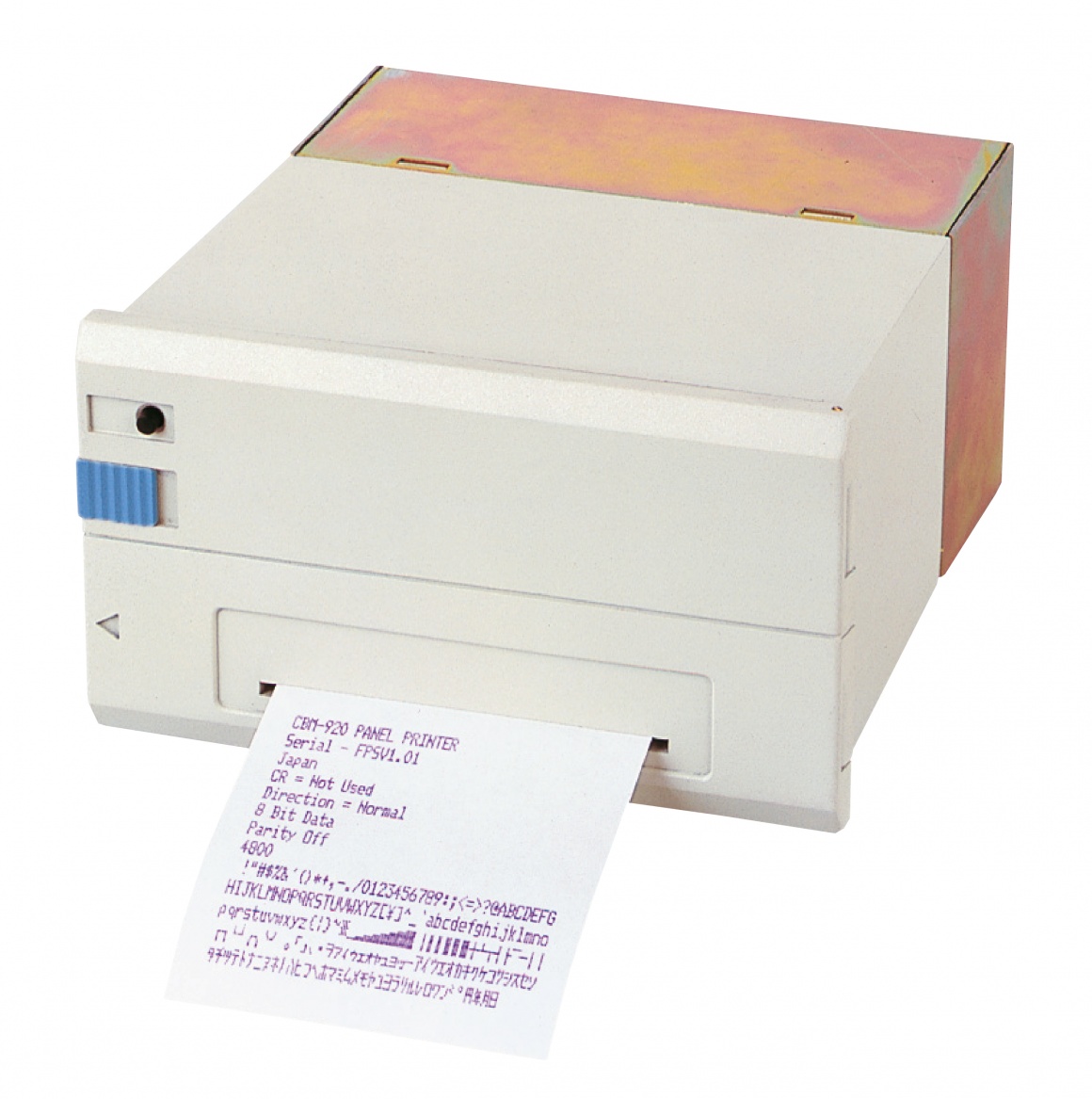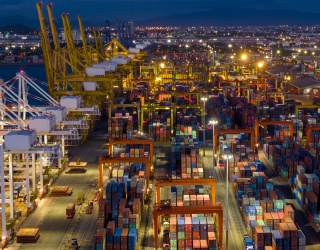
There are hardly any vessels on the Rhine that can remain competitive without optimising their sailing times.
But how can efficiency in the use of crews and time be increased? The key is to stay on course with a robust infrastructure while ensuring that second-by-second data is verifiable at any time. This is reliably achieved with tachographs from Marble Automation, the global expert in the field of ship automation and printers from Citizen Systems, the globally renowned printer manufacturer. The tachograph records the times precisely and the data can be printed out at the touch of a button via the integrated printer. More than 1,000 ships on the Rhine are relying on this solution.
The same principle applies to a ship on water as to a truck on land – the journey times need to be registered. As soon as the ship starts its journey, the hours need to be recorded precisely. This recording is done by a tachograph, a technical control device that is used to check speed and kilometres travelled, as well as travel and rest time. The tachograph is understood as a kind of logbook for trucks and buses - and also for inland waterway vessels. A tachograph is not only used for control, but also for optimisation. By cleverly utilising time through the device, efficiency can be increased since longer travel times allow for better utilisation.

Tachographs are compulsory for Rhine navigation
When on the Rhine, Chapter 23 of the RVBR (Ordinance on Shipping Personnel on the Rhine) stipulates the rules on the size and composition of crews. The number of crew required for navigation on the Rhine depends on the length of the ship, its sailing time (14, 18 or 24 hours within a 24-hour period) and the quality of the technical equipment. In addition, the regulation stipulates that each ship must have a sailing time control device on board so that the block times can be extended.
The MS715B tachograph from Marble Automation is specially designed for this purpose and fulfils the requirements set out in the legal provisions for inland waterway vessels. The tachograph must be in operation from (at least) the start of the last uninterrupted rest period of eight or six hours and must be available to be checked at all times. The tachograph measures via the propeller revolutions how many hours, minutes and seconds the ship has been running. In this way, the device makes it possible to record the ship’s journey and lay times to the second without any gaps.
The MS715B tachograph has been approved by the specialist department of the federal government’s water and shipping administration for traffic. The compact device is suitable for a maximum of three propellers and functions as an effective memory for recording sailing times incurred. This guarantees that the security of data recordings is accurate to the second at all times.
An important requirement of a tachograph is the ability to print out the records at any time. For example, the skipper must be able to print out the times during a police check. For this reason, a CBM-920II matrix printer from Citizen is integrated into the unit. Using the integrated printer, the reports can be printed out whenever needed.
Fast printing during checks
“The printer has to function at all times. When the police come, they need to be able to make a printout”, explains Stefan Meun-Visser, sales manager of Marble Automation. “We can make this printout at the push of a button because of the connection to our tachograph”.
The CBM-920II is a matrix printer with a front panel where paper is fed from the outside. Changing the media is child’s play: open the flap and replace the roll. Printing is done using a 58 mm roll. “The operation is very simple, the printout is issued, and you can take it immediately”, confirms Stefan Meunier.
Proven a thousand times over
For inland waterway navigation on the Rhine, the integration of the printer has proven itself many times over, as more than a thousand ships use the tachograph and printer solution.
“When we were looking for a printer, we looked at several devices,” Stefan Meun-Visser reports. “Our hardware partner, Duranmatic, recommended the printer as an ideal solution for our product and we ran several tests. In the meantime, the combination has established itself as a robust infrastructure”.
Installing the log printer in the tachograph is straightforward since all that is needed is a recess in the tachograph’s front panel where the printer is installed. Thus, the panelmount device was developed as a reliable and durable printing solution for ships, which is continuously used on board time and again.
“The advantages from our point of view are: the printer is small, easy to install and easy to use”, says Stefan Meun-Visser, describing the reasons for its success over a long period of time. “And not to be underestimated is that the printer now has a very long product cycle, which saves us a lot of time and effort in updates and development. This consistency from Citizen is important for us because we need products that don’t have many updates. We’ve had more updates than the printer had! And the printer still works”, says Stefan Meun-Visser.
The printouts are as durable as the printer itself because the matrix printer works with a colour ribbon and produces documents that can be archived over a long period of time - without fading.
“The CBM-920II is particularly interesting for installations within industrial equipment”, explains Jörk Schüßler, Marketing Director EMEA at Citizen Systems Europe. “Our panel mount systems with front loading mechanisms are suitable wherever logs are needed, such as at control cabinets and in the industrial sector. On top of that, our printers are very easy to integrate”.
Since a well-functioning, approved tachograph is mandatory for vessels to be allowed to sail outside block hours, by investing in the technical platform consisting of the MS 715B tachograph and the Citizen CBM-920II printer, a foundation is laid for effective registration of times with automatic, fast reading printouts. As a result, inland waterway vessels can - and are permitted to - sail more hours. A real gain in sailing efficiency.







